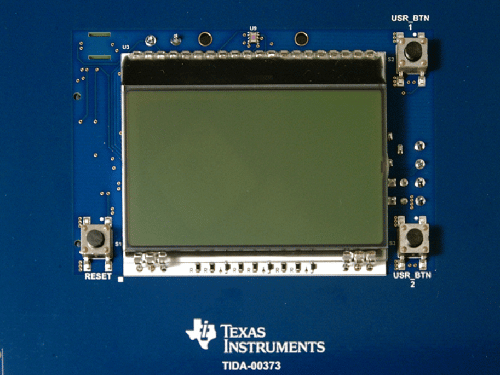The reference design by TI can control the brightness of a room or the backlight of a display by measuring the ambient light and presence of humans with an ambient light sensor and proximity sensor.

Room lighting, digital signs and displays can require a lot of energy especially if you have a big premise and multiple digital displays in the premises. One way to reduce power consumption is by turning the brightness low, but both dim rooms and dim displays are not attractive enough. So, to conserve power without degrading the user experience, it is best to adjust the brightness according to the surrounding environment, one other approach could be to dim it when no one is in close proximity.
TIDA-00373 from Texas Instruments is a reference design for controlling the smart light, moreover, it can be used to control the brightness of a backlit display. The optical light sensor used in this design has good human-eye spectral matching, which allows the system to adjust the backlight brightness to be most comfortable when viewed by the human eye. This system conserves power and extends the life of the backlight elements by dynamically adjusting a backlight’s brightness in reference to the ambient light in the surrounding environment. Backlight brightness adjustments also allow a more comfortable viewing experience for the user. More power savings and backlight life can be achieved through sleep or standby mode. The proximity wakes-up feature can sense a human is close and wakes up the system.
Main features of the reference design are:
• Detects Human Proximity Using Copper PCB Material or Other Conductive Materials
• Good Human Eye Spectral Matching
• Dynamically Adjust Backlight Brightness
• UV Filter for Outdoor Use
• Humidity and Temperature Sensor
• This subsystem is tested and includes hardware files, firmware, demo, and Getting Started Guide
A simple algorithm which is included in the reference design package determines the ideal backlight brightness when the backlight is activated. Proximity wake-up is enabled by Texas Instruments’ capacitive-to-digital converter. A capacitive sensor located around the edge of the board provides a 360-degree sensing field around the board. Proximity detection works best when approaching the front of the device. This design guide covers component selection, measurement theory, system calibration, and environmental compensation.
This reference design has been tested by TI. It comes with comprehensive software, firmware libraries, tools, battery, etc. You can find additional data about the reference design on the company’s website. To read more about this reference design click here.






